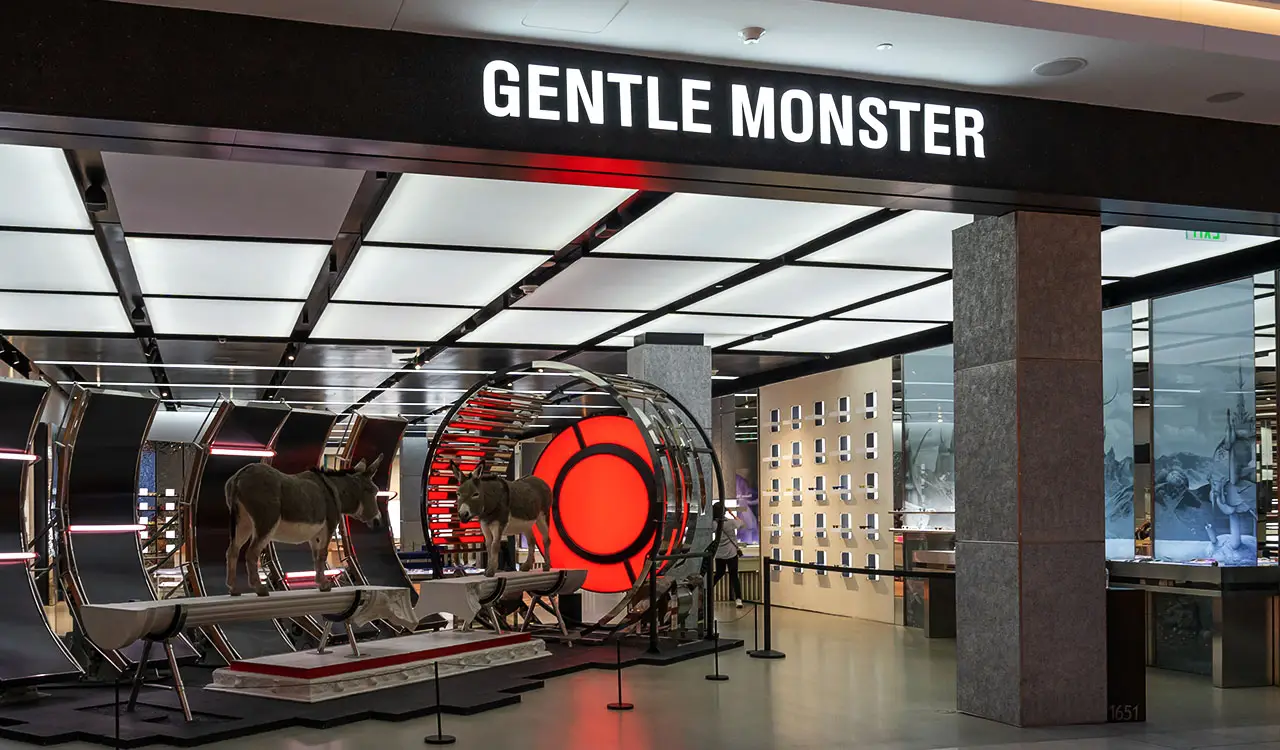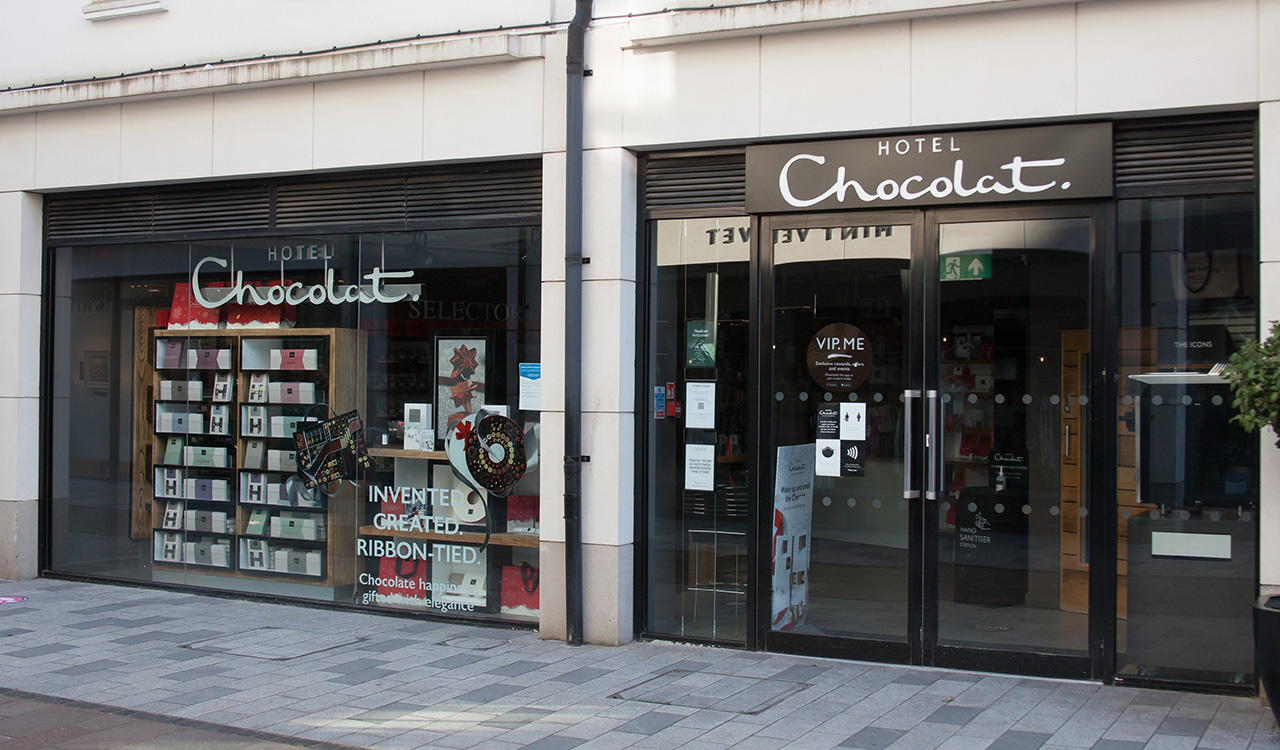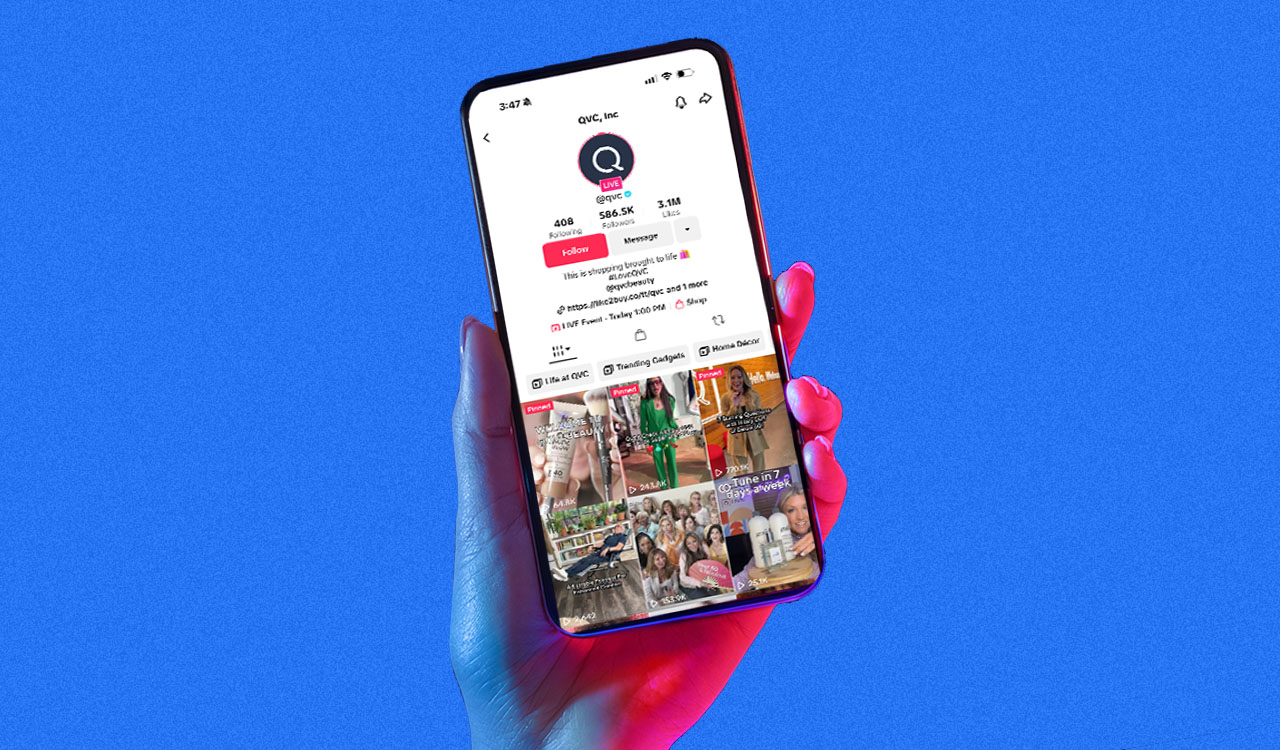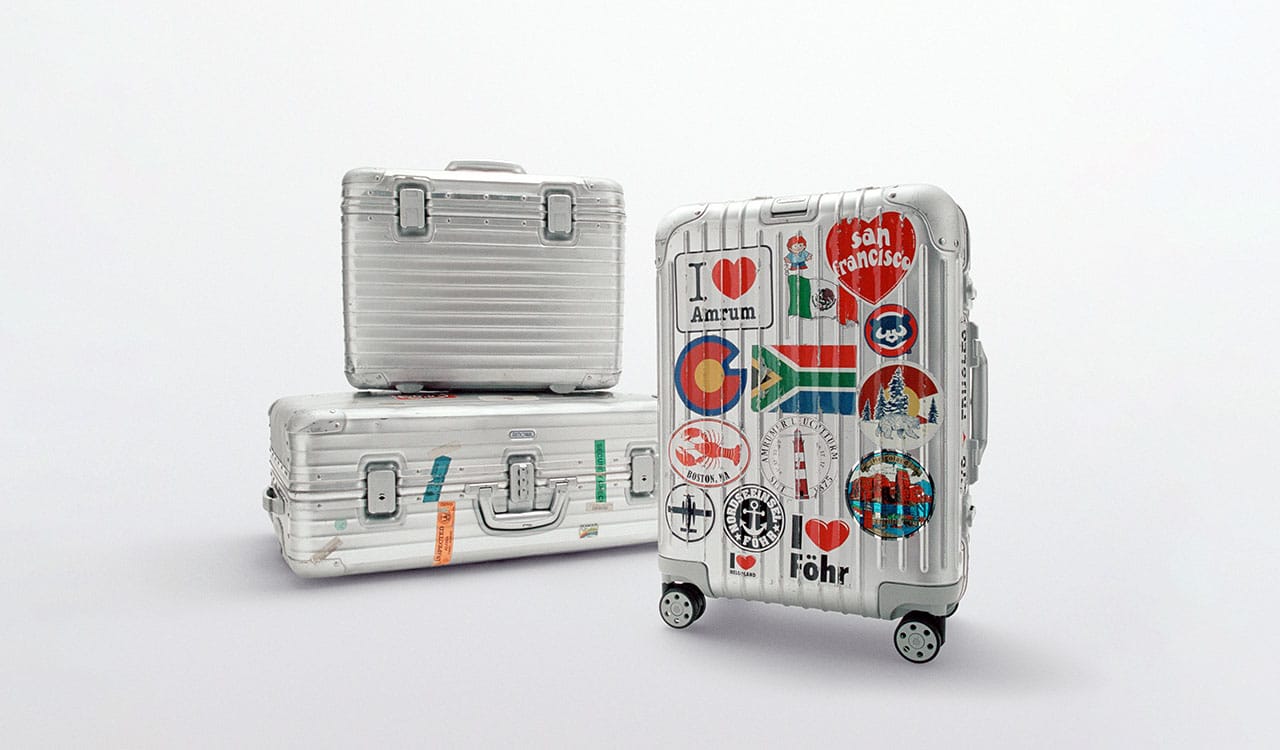When thinking of South Korean brands, Samsung, Hyundai, Kia and LG come immediately to mind. South Korean enterprises excel in tech and highly engineered products. But that’s just the tip of the iceberg. South Korea has become a formidable exporter of culture with ever-popular K-Pop that has resilience and staying power since its renaissance in 1992. And more recently, Gentle Monster and Olive Young have become superstar K-brands.
K-brands create immersive experiences both in-store and online. K-brands are integrated into various aspects of K-Pop culture through product placements in media, gaming, rich content creation for online engagement and local celebrity influencers, as well as by exploring the intersection of sight, sound, smell and taste in retail.
Pop groups like Blackpink and BTS have become international megastars, with their contribution to South Korea’s economy estimated at $5 billion. The Netflix series Squid Game drew over 111 million views worldwide in its first 30 days, making it the streamer’s most popular original series in history. And South Korea supports and exports a vibrant gaming industry, expected to reach $20 billion in 2024. At the risk of stating the obvious, entertainment is a big South Korean export business.
All of this completely passed me by until I happened upon a Harvard Business Review article entitled “Inside the Success of South Korean Brands” by INSEAD professor David Dubois, whom I’ve also connected with on luxury consumer psychology. He says, “The last two decades have seen South Korea emerge as a cultural powerhouse on the global stage.”
Pop Culture Connection
Pop culture came to the forefront in governmental policy after a 1994 South Korean presidential advisory report found that the profits realized by one blockbuster film, specifically Jurassic Park, were equivalent to selling 1.5 million Hyundai cars. Then-President Kim Young-sam changed the country’s priorities from producing functional mid-priced goods to becoming a global entertainment player. In 2022, its culture ministry budget was larger than that of France, $6.05 billion compared to $4.6 billion. Exporting pop culture may have richer rewards than building a brick-and-mortar shipping mecca, according to TRR colleague Ross O’Brien.
Building a consumer shopping culture and brands to support it are only part of South Korea’s economic transformation. While the South Korea retail market is only a fraction of the U.S., retail is growing fast, from $306.5 billion in 2016 to $462.3 billion in 2023, a compound annual growth rate of 5.1 percent over the past eight years, according to Statista.
Such fast growth leads Dubois to conclude: “K-brands share a common recipe for success that offers unique lessons for entrepreneurs, brand managers and marketing executives.” Two poster child K-brand retailers are luxury eyewear brands Gentle Monster and beauty retailer CJ Olive Young, South Korea’s homegrown answer to Ulta and Sephora.
A Gentle Monster Unicorn
Gentle Monster was founded in 2011 by Jay Oh and CEO and creative director Hankook Kim. The company remains privately owned by iiCombined. L Catterton Asia led a 2017 investment that included Group Arnault, one of LVMH’s Bernard Arnault’s enterprises.
At the time, Gentle Monster was valued at around $500 million and has since reached unicorn status at over $1 billion valuation, according to The Chosun Daily. Last year, the brand generated over $444.3 million (608.2 billion KRW), with international sales contributing about one-third of the revenue, mostly from China and Japan.
Founder Kim’s metaphorical split personality inspired its memorable name.“As in all humans, there exists a certain duality within me: the gentle and the monster. This duality is what makes Gentle Monster unique and unforgettable. I am fascinated with creating something that no one can dare to envision,” the reticent Kim said.
Growth Curve
At the start, Gentle Monster was held at bay by industry giant Luxottica, which wouldn’t give the brand an opening slot in its then-7,000+ retail stores. So Kim took the direct-to-consumer route and in the process, created a monster-sized headache for the eyewear establishment.
Gentle Monster’s eyewear designs, both sunglasses and prescription frames, are showstoppers. Luxottica may have the lion’s share of luxury brand licenses along with Kering, which produces its own Gucci, Yves Saint Laurent and Balenciaga specs. And incidentally, eyewear was Kering’s only growth segment through the first half of 2024. But Gentle Monster does luxury collaborations with Moncler, Maison Margiela and most recently Mugler.
Gentle Monster is carried in 450 stores in over a dozen countries, including company-operated stores and partnerships with Selfridges. In the U.S., it has six locations: in New Jersey’s American Dream, Costa Mesa’s South Coast Plaza, San Jose Valley Fair, Houston Galleria and streetside in Los Angeles and New York City.
Space and Place
What really sets Gentle Monster apart from every other eyewear company is its retail presence. More art installation than a store, the company describes its retail spaces as “spiritual experimentation” based on a five-prong corporate strategy called PSSCS: Product, Space, Styling, Culture & Campaign, and Service.
“We are the innovative global company which has a fundamentally different paradigm for a retailing business,” the company states. “Frustrated by the lack of remarkable brand stores, we decided to make a never-seen-before specialty retail space.”
Or as Dubois describes, “Its dazzling retail stores feature catchy, pop-up art installations to trigger consumer discovery by captivating visitors,” grounded in founder Kim’s conviction that “retail is driven by human curiosity.”
Beauty Obsessed at Olive Young
Founded in 1999, Olive Young has become South Korea’s number-one beauty store. It’s part of the $30.1 billion multinational conglomerate CJ Corp with holdings in food and food service, biotechnology, entertainment/media and retail and logistics.
Overall, beauty is big business in South Korea with the K-beauty market estimated at $92 billion globally in 2022 and projected to grow at a CAGR of 9.3 percent from 2023 to 2030, according to Grandview Research.
Olive Young is filling Korean customers’ outsized beauty demand with 1,338 stores and all-told, the brand generated $2.8 billion (3861.2 billion KRW) in 2023, up 40 percent over 2022. It is rapidly reaching the number of Ulta (~1,400) and Sephora (~1,600) stores stateside, but consider the scale when South Korea only has 51.6 million citizens compared with 333.3 million in the U.S.
Olive Young maintains a strong online presence, supported by an industry-leading same-day domestic delivery model provided by sister company CJ Logistics. It ships products to over 150 countries worldwide including the U.S., but its brick-and-mortar stores are the lynchpins of the business.
“Since 1999, CJ Olive Young has been rewriting the rules of offline beauty shopping,” the company states. “With a treasure trove of health, cosmetics and household products all under one roof, customers have been introduced to a world where beauty meets convenience. Olive Young isn’t just a store; it’s a beauty destination leading the charge by embracing up-and-coming brands rather than sticking to the status quo.”
Beauty Discoveries
Being a place for discovery of indie brands is pivotal to Olive Young’s success and it relies on its staff of merchandise directors (MDs) to identify emerging trends and discover small-and-mid-sized brands that address these shifts. The MDs work closely with product partners to advise on price, product placement, labeling, packaging and other planning details.
Organizationally, the brand pushes responsibility and authority down to the MDs who are in the same 20-to-30 year age range of its target customers. “Every year, the MDs create an annual business strategy for their category. The MDs’ plans are critiqued by management, but they don’t override decision-making. The MDs decide whether or not to implement the strategy and are able to work proudly as experts in their category,” the company describes.
As of yet, Olive Young has no stores in North America, but it is aggressively expanding its online presence here, with the U.S. and Canada accounting for some 80 percent of overseas sales; the Koreans living in these countries make up nearly half of those customers. “We want to help overseas customers have a better understanding of K-beauty products and support smaller Korean beauty companies to make inroads into overseas markets,” the company shared with The Korea Herald.
What K-Brands Can Teach the World
Professor Dubois summarizes three pillars of K-brands’ success that other brands can learn from:
- South Korea is known for innovation; the country’s R&D investments totaled nearly five percent of its GDP in 2021. And its highly concentrated, youthful urban population creates a competitive environment that values new products and cultural trends. But another key asset in a culture where being first and visible matter is “fun and fast discovery,” Dubois writes. “K-brands excel at using concept stores as powerful discovery tools,” like Gentle Monster and Olive Young.
- K-brands create immersive experiences both in-store and online. K-brands are integrated into various aspects of K-Pop culture through product placements in media, gaming, rich content creation for online engagement and local celebrity influencers, as well as by exploring the intersection of sight, sound, smell and taste in retail. For example, fashion brand Ader Error opened a Tongue Planet pastry shop next door to its stores to amplify its sensory impact.
“K-brands strategically create sensory value through immersion to boost customer desire. It increases customers’ willingness to pay for richer brand engagement and it facilitates brand extension by expanding the range of experiences through which customers interact with the brand,” Dubois observes.
- This goes along with the culture’s emphasis on innovation. K-brands continue to experiment over the product lifecycle through collaborations, fostering the development of brand communities – Olive Young has 1.2 million members in its free membership program – and short-term pop-up stores. And by the way, Seoul is said to be the “pop-up mecca” of the world.
Gentle Monster leveraged its model to experiment how it could transfer its expertise in the cosmetics market by developing a fragrance brand Tamburins. It subsequently opened a Tamburins store next door to its flagship Gentle Monster store in Seoul. It has gone on to open four more Tamburins stores in South Korea, two in Japan and one in China, plus the brand is carried in a number of regional department stores. Through Tamburins, Gentle Monster hits both the experience and experiment pillars.
The South Korea Phenom
Professor Dubois was turned onto the K-brand phenomenon when he was based in Singapore from 2019 to 2021 and is currently on the Korea University Business School’s advisory board. “I realized South Korea was a lighthouse and source of inspiration in so many domains, notably beauty and luxury … but many others. South Korea reverberates throughout the region as a major cultural producer in food, music, movies and more. In other words, many countries look up to Korea for innovative and culturally relevant, cutting-edge products.”
He concludes, “K-brands realized early on the importance of becoming content powerhouses if they wanted to reach a global audience. The idea is simple: the marketplace must be viewed as a screen. Creating your own content and translating the brand’s DNA across markets gives you the capability to effectively tell the brand’s story and invite customers into the brand universe.” In a word, K-brands have merged content and culture seamlessly to spread the South Korean pop culture message across the globe.





